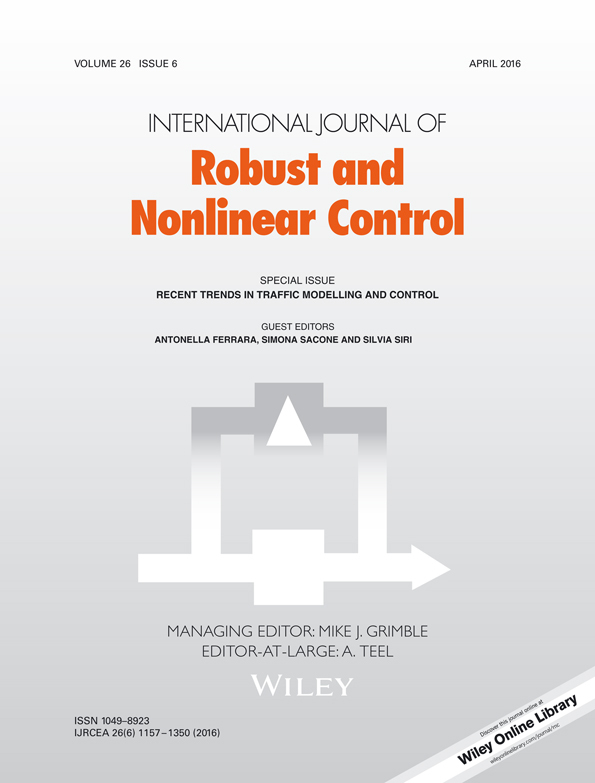Design of networked freeway traffic controllers based on event-triggered control concepts
Summary
In this paper, an event-triggered model predictive networked scheme is proposed to control traffic in freeway networks. The freeway network is a spatially distributed system in which sensors and actuators act locally on portions of the overall system; measurements and control actions are transmitted to/from the feedback controllers via a shared communication network. In this sense, the considered plant can be properly controlled by relying on a design framework typical of networked control systems, a major feature of which is the necessity of taking care of both the computational effort and the communication effort. The proposed control scheme allows to reduce the computational load with a feedback model predictive controller in which suitable triggering conditions are defined. As for the communication effort, local triggering conditions are included in sensors, inducing transmissions of the system state only when such conditions are verified. The robustness properties of the controlled system are investigated in the paper by analyzing the input-to-state practical stability of the plant under the action of the proposed control strategy. The effectiveness of this proposal is also analyzed via simulation. Copyright © 2015 John Wiley & Sons, Ltd.




